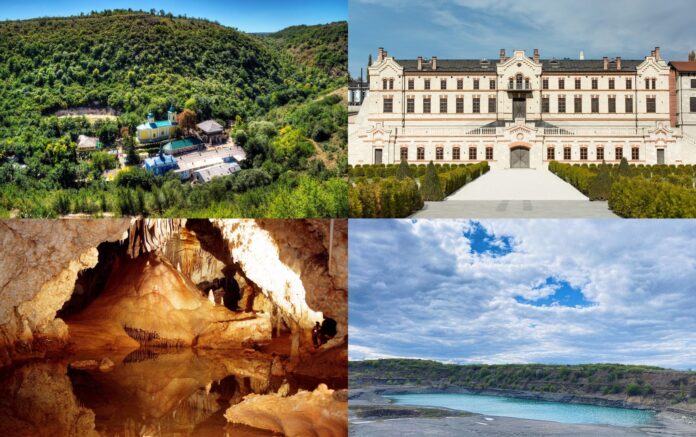Moldova is a melting pot of cultural influences, reflecting its position at the crossroads of Europe. The population comprises a mix of multicultural people, each contributing to the nation’s cultural mosaic. Traditional dances, music, and crafts showcase the diversity embedded in everyday life. These five destinations offer a diverse blend of historical, cultural, and natural experiences, providing visitors with a comprehensive and enriching exploration of Moldova’s unique charm.
Emil Rakovitsa Cave
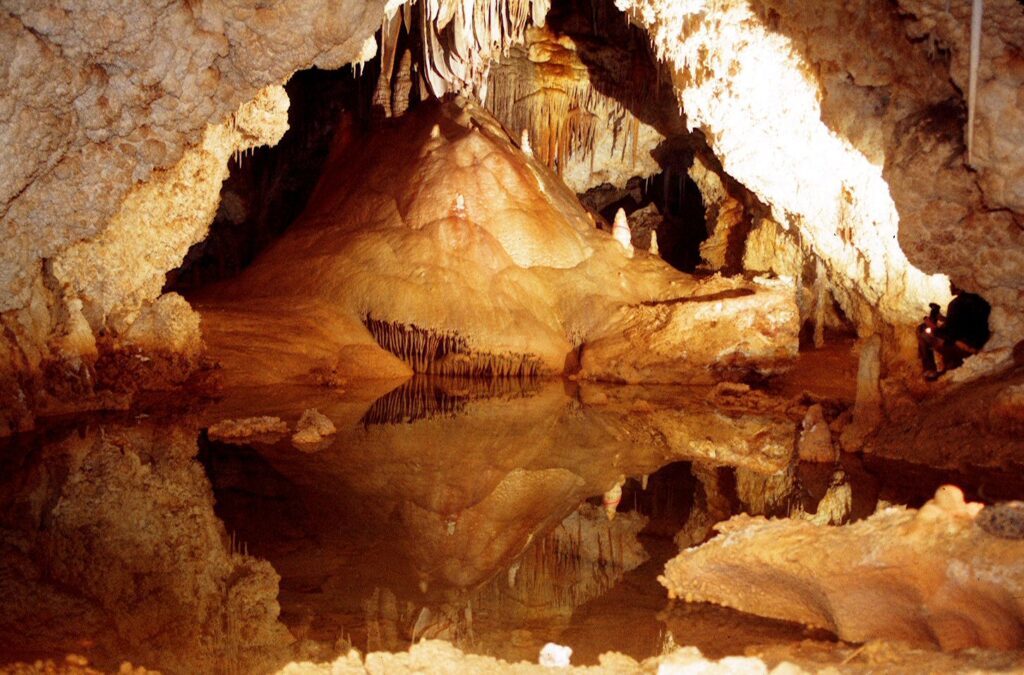
The famous karst gypsum cave “Cinderella,” in 1991 was renamed Emil Rakovica Cave by the decision of the Government of the Republic.
In total, there are about 20 lakes in the cave. The most notable of them are Blue Lake and Green Labyrinth.
In some halls of the cave speleologists, sculpted figures from local, multi-colored clay. Thus, in the Hall of Chernivtsi Speleologists, there is a famous statue of Cinderella. There are sculptures of dinosaurs, Horses, and Mouse. These figures serve as peculiar milestones for inexperienced explorers.
The lake in Naslavcha
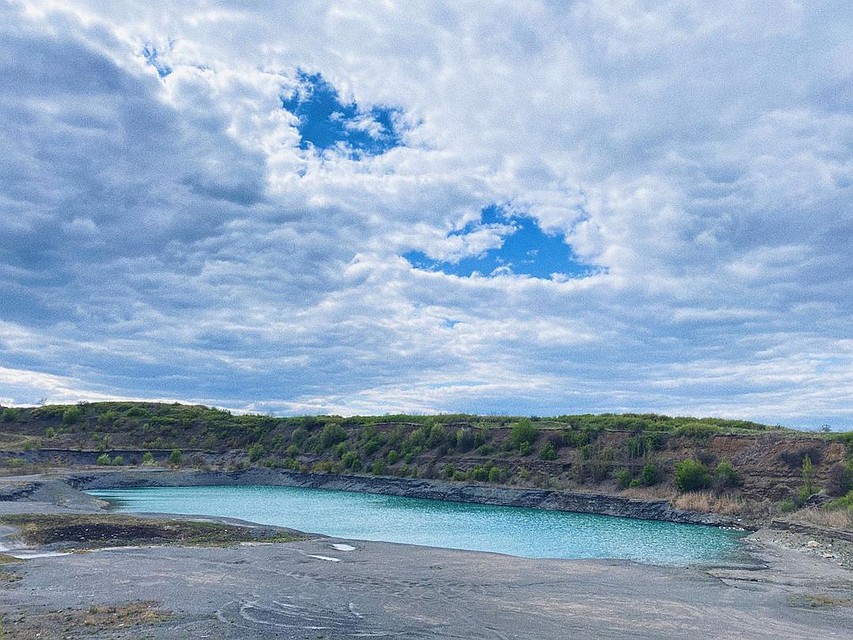
The village of Naslavcea is located on high picturesque hills and gives the impression of a real mountain village. Naslavcea is situated on the right bank of the Dniester and stretches along the bottom of a deep valley for more than 7 kilometers.
On the outskirts of Naslavcha, near the Dniester hydroelectric power plant, there is an excavated and flooded argillite quarry, which has now become a lake with water of amazing turquoise color. Blue Lake is located in the border zone, and one can get here only with the consent of the border guards.
Castel Mimi
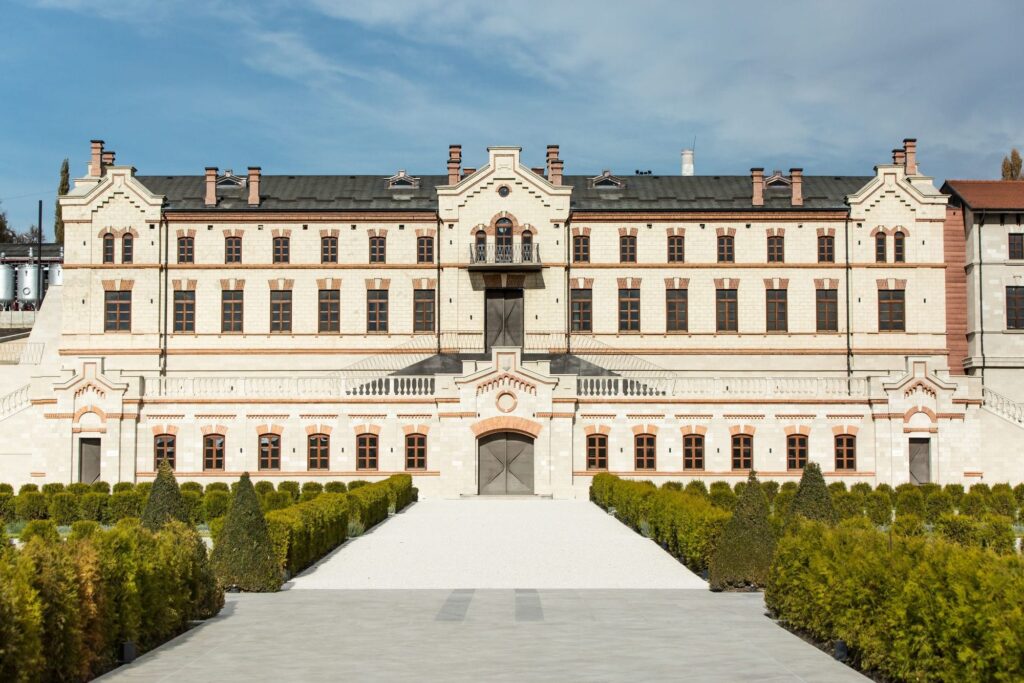
Nestled amidst the picturesque Moldovan landscape, Castel Mimi stands as a testament to the country’s rich winemaking heritage and architectural splendor. Located near the village of Bulboaca, this historic estate has become a symbol of luxury, history, and the enduring spirit of Moldova’s viticulture.
FOR THE MOST IMPORTANT NEWS, FOLLOW US ON TWITTER!
Originally constructed in the early 20th century by Constantin Mimi, a prominent winemaker and political figure, Castel Mimi holds a special place in Moldova’s history. The estate served as both a residence and a winemaking facility, contributing significantly to the development of Moldova’s renowned wine industry.
Saharna Monastery

Saharna Monastery is situated in the Saharna village, surrounded by lush greenery and dramatic limestone cliffs, creating a breathtaking backdrop for this sacred site. The sound of cascading waterfalls adds to the serene ambiance, making the monastery a peaceful retreat for both spiritual seekers and nature enthusiasts.
Tourists and pilgrims can explore the monastery complex, visit the churches, and take in the panoramic views of the surrounding landscapes. The peacefulness of Saharna Monastery makes it an ideal place for contemplation, meditation, and connecting with both nature and spirituality.
Soroca Fortress
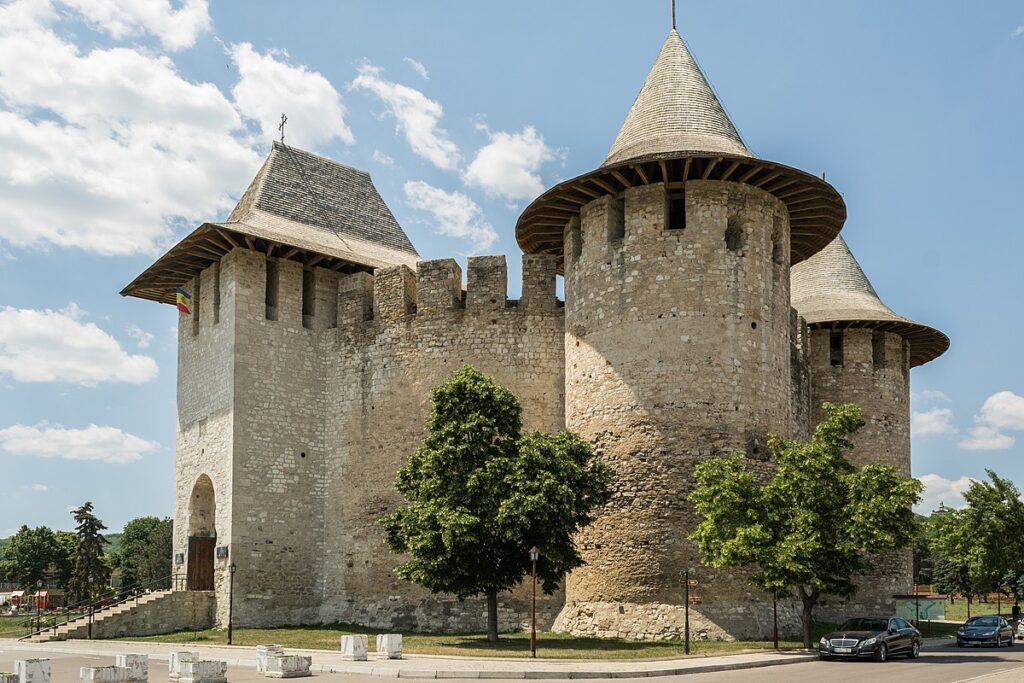
Constructed in the late 15th century by Stephen the Great, one of Moldova’s most celebrated rulers, Soroca Fortress was strategically positioned to defend against invasions. Its location near the Dniester River served as a crucial defensive line, making the fortress an essential element in Moldova’s historical military architecture.
Soroca Fortress is a remarkable example of medieval defensive architecture. The fortress boasts a pentagonal shape, with imposing stone walls, sturdy towers, and well-preserved ramparts. The intricate design reflects a blend of various architectural influences, including Ottoman, Genoese, and traditional Moldovan styles. Soroca Fortress has become a popular tourist destination, drawing history enthusiasts, architecture aficionados, and curious travelers. The site’s cultural and historical importance is complemented by its picturesque setting, making it a captivating stop for those exploring Moldova’s diverse landscapes.


